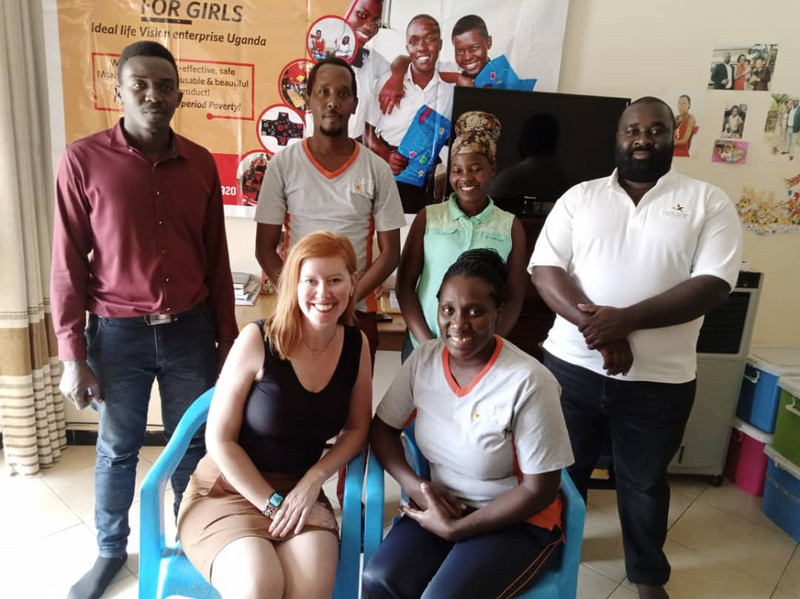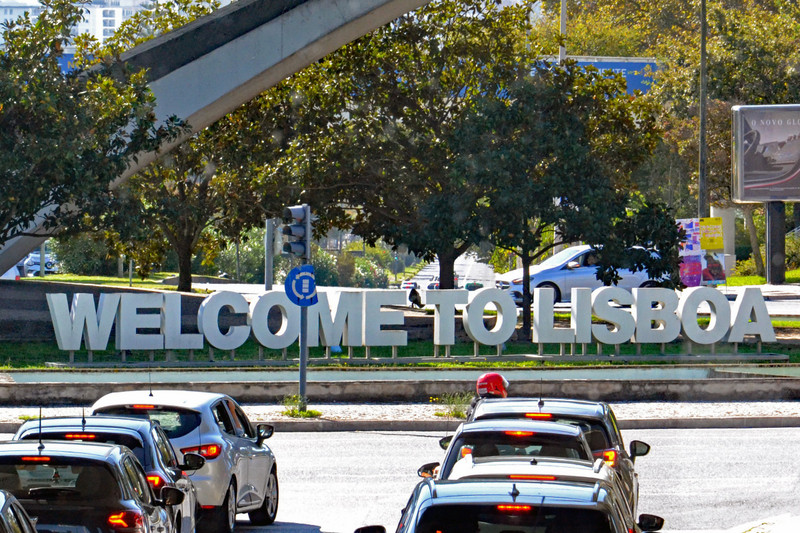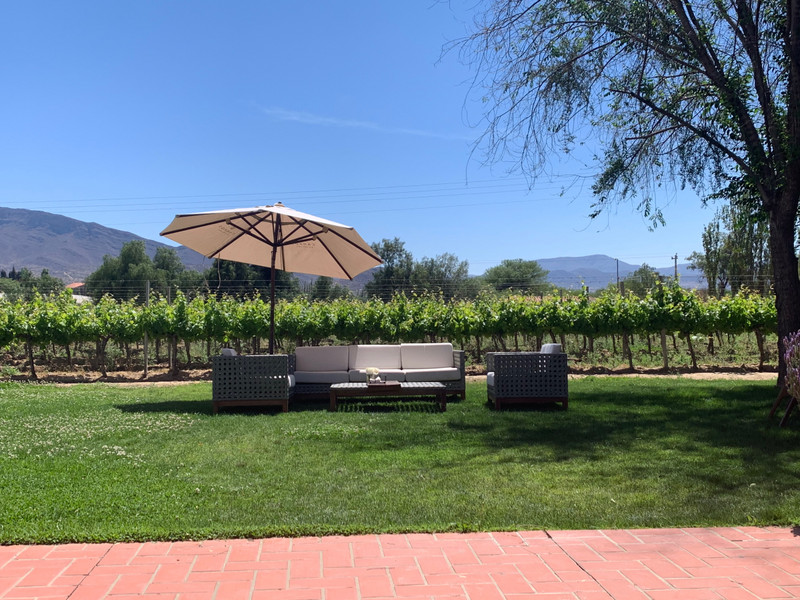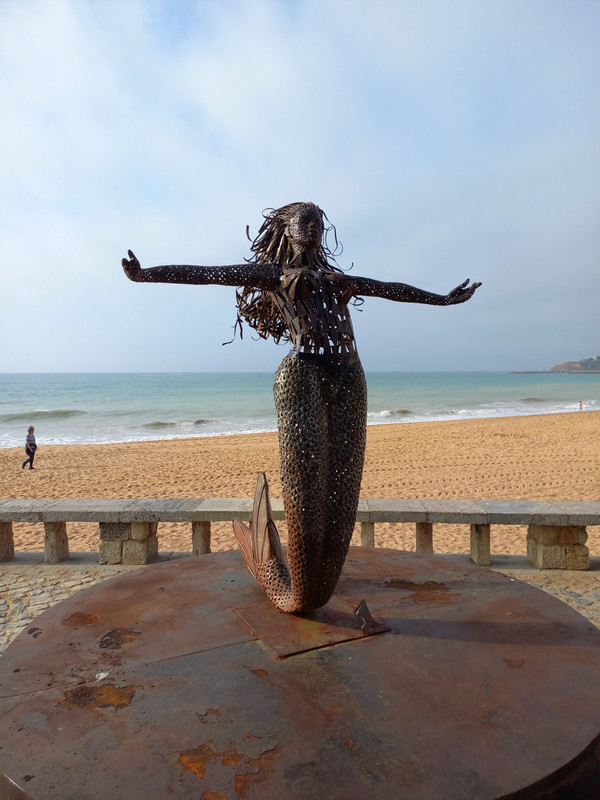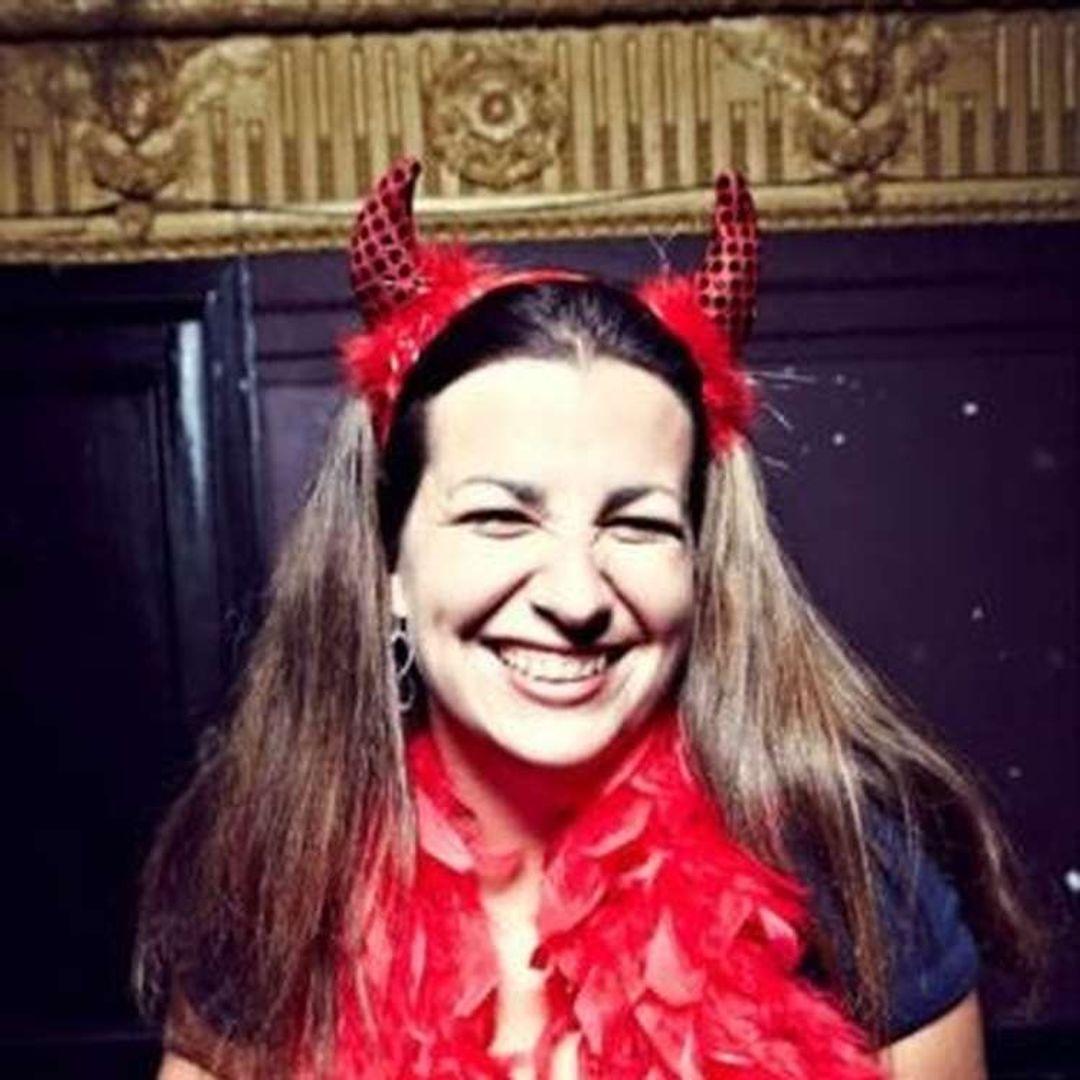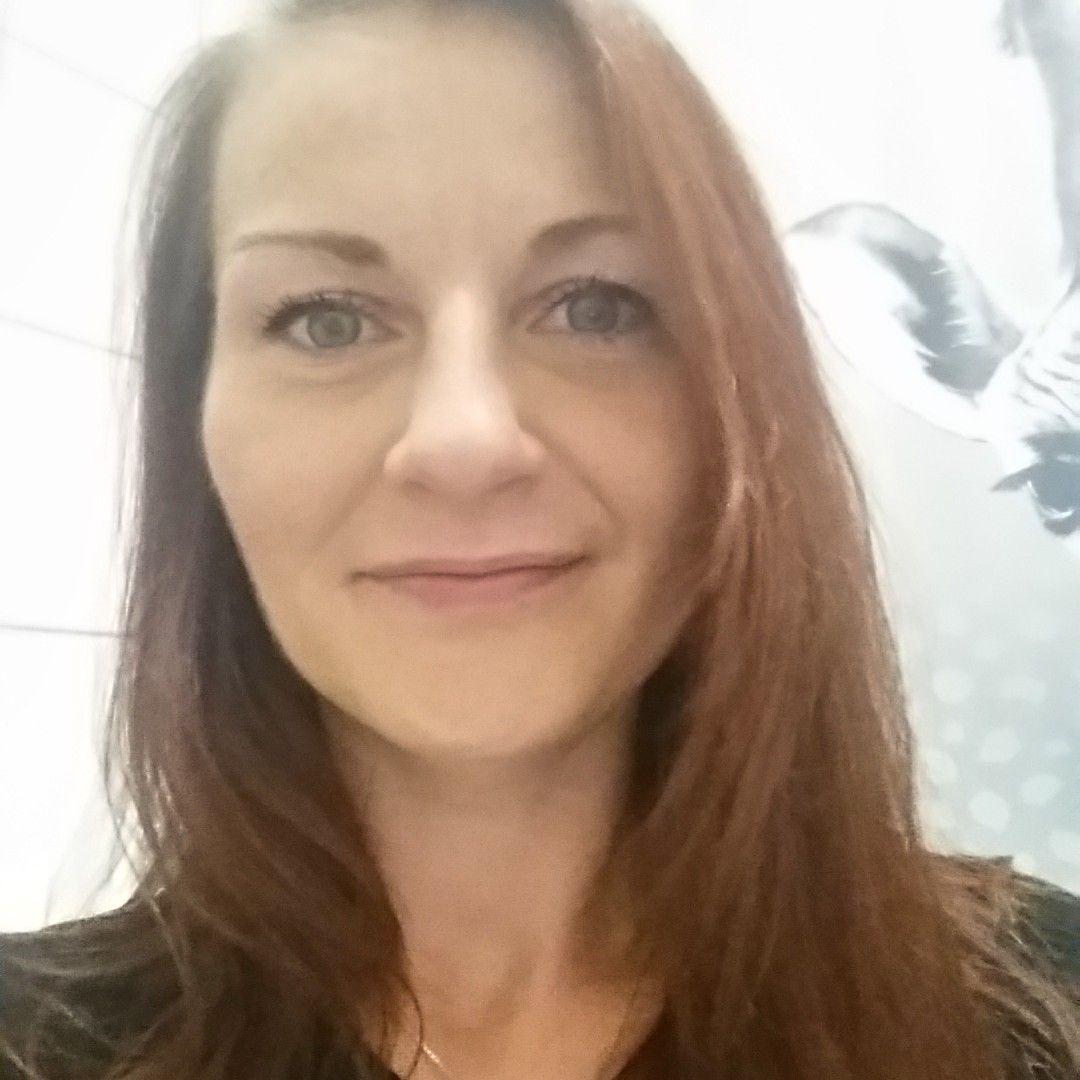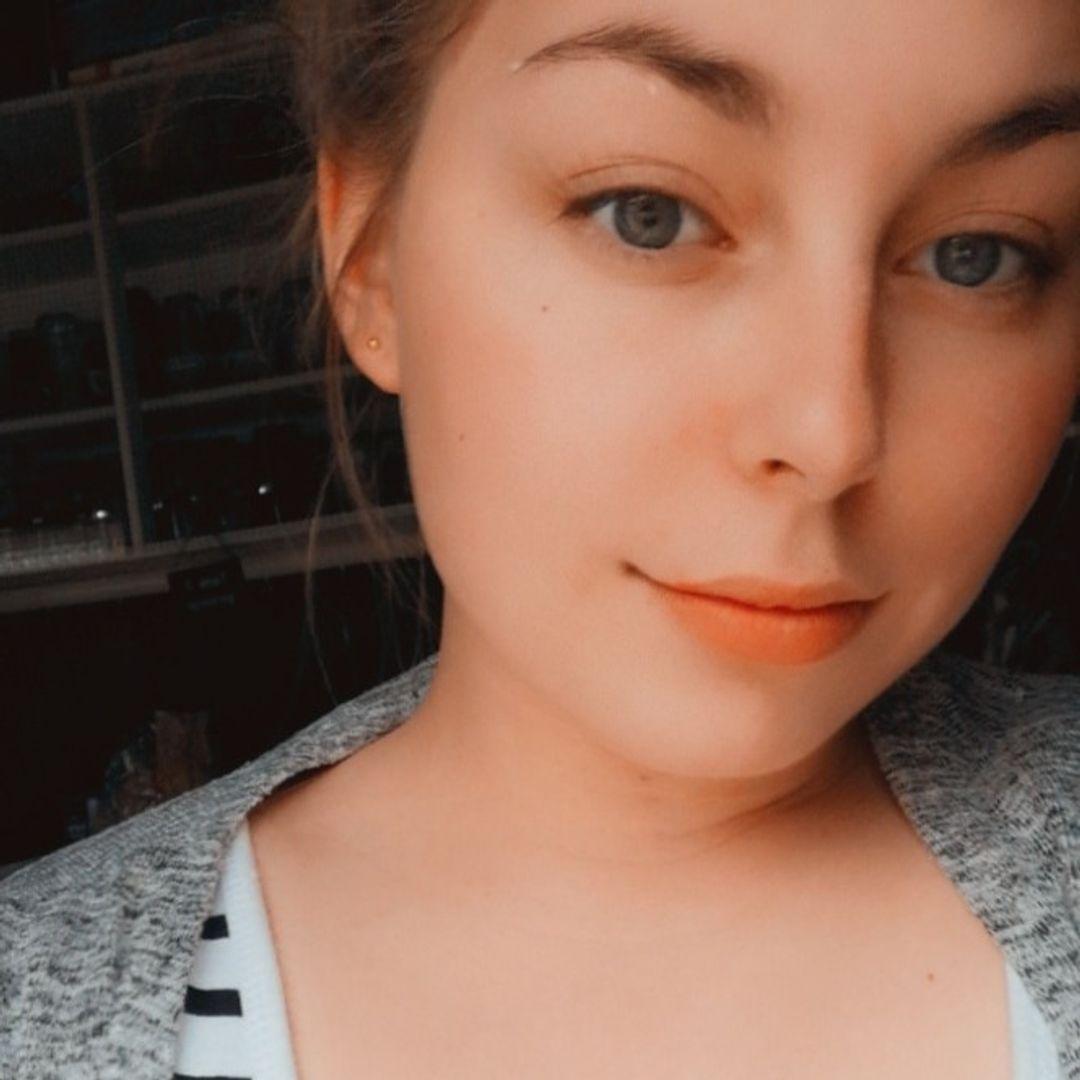On Friday I went to meet with Days for Girls whos office is outside of Kampala, the capital. This is a that was started in 2008 in the US. Their focus is period poverty: how many days of school or work would you miss each month if you didnt have access to proper menstrual supplies? It started with kits being made in the US and brought to those in need by humanitarian groups. DfG is now trying to change their model where the kits are made by women in the countries that they are used. Then the kits are purchased by donors and distributed through schools and villages. Based on the cost of supplies here, the kits can be purchase for $7000 to $10,000 shillings ($2 to $3 USD). The kits are very necessary to keep girls and women in school and going to work. It is also an opportunity to get in from of these women and educate them about womens health, STD, birth control, domestic abuse etc. But, a frequent issue up is access to enough water and soap in order to properly clean the pads to not cause health issues: you work to solve one
issue and it just covers another. Prior to COVID this enterprise had a small production facility. But, once they were shut down they could not travel to their office. When they couldnt pay their rent the landlord kept all of their equipment as collateral for back rent. Fortunately, they had one machine so their main seamstress could work from home. But with COVID closing schools and preventing movement the need for the kits did not decline, but the ability to supply them significantly decreased. They hope now that the economy is open again they can regain their previous office and get their machines back.
Since I was already in Kampala I decided to stay for the weekend and see the capital. I stayed at one of the nicest $95 hotels I have maybe ever been in. I understand this hotel not too long before COVID hit and then they lost all of their tourist and business travelers, so had to drastically cut their nightly rates.
Mosque or Uganda National Mosque. It is located in Old Kampala and was starting in 1918 but by Muammar Gaddafi as a gift to the Muslim population of Uganda. This mosque can hold up to 25,000 worshipers. It in 2007 and has influences from Europe, Northern Africa, and Arab and We climbed 274 steps to the top of the tower which offers a great view of Kampala. The city of made up of 7 hills, all leading to the Old Kampala where the mosque is located.
I also visited the Tombs of Budanda Kings (Kabakas) in Kasubi. The royal palace was built in 1882 and housed Kabakas (King) Muteesa. The palace is surrounded by small homes that housed his 84 wives and their children. Prior to Kabakas Muteesa when a Kabakas died just his jaw bone was buried and the rest of his body was disposed. This is because they believed that your spirit was contained in just your jawbone. When Kabakas Muteesa died his whole body was burried in the palace and it was converted to a burial site for the future Kabakas of Buganda Kingdom. There are 4 Kabakas
buried there and when the current Kabakas dies he will be buried there as well. His decent are buried around the the palace. There are now more than 125 homes surrounding the palace and to this day they are occupied by the female descendants of the Kabaka Muteesa wives. Men are not allowed to stay in these homes. So even if a women is married she will leave her husband and live here for a few months and a symbolic wife of the king for that time period.
I finished with a quick visit to their casino to see how their gambling works here. The most popular table with the Roulette so I spent my time there. As the only muzungu, and women that I saw, some thought I was good luck and request to use the white chips and others thought I was bad luck and wouldnt use the white chips. Their bids are made with $1000 Shilling chips ($.30 USD) so it was hard to keep track of who was wining and who was losing. But, we all know the house always wins.
